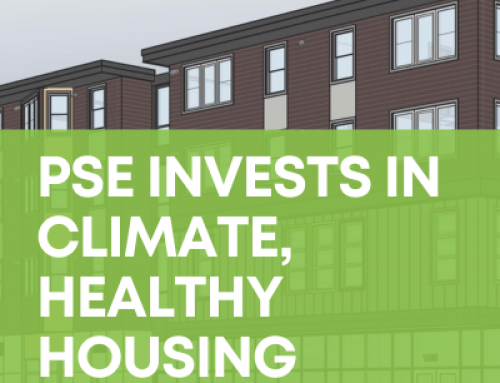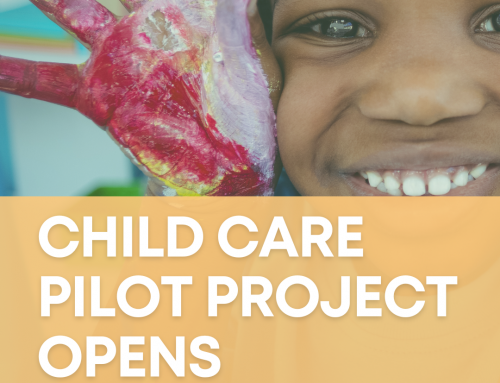Home is about more than a place to sleep at night. Home is about safety and security, and is essential to health and well-being for each of us. Each June, the U.S. Department of Housing and Urban Development recognizes National Healthy Homes month to raise awareness on the importance of how keeping homes affordable, safe, and climate-resilient to keep people healthy and save lives.
How do we define a healthy home? A healthy home is:
Dry: Moisture in homes is linked to health problems from respiratory problems to lead poisoning, accidental injury and asthma. Moisture attracts mites, rodents, molds, and roaches, all associated with asthma.
Clean: Control the source of dust and contaminants in your home by creating smooth and cleanable surfaces, reducing clutter, and using effective wet-cleaning methods.
Safe: Most childhood injuries occur at home. Falls, poisoning, and burns are the three most common ones.
Well-Ventilated: Studies show that respiratory health is related to access to fresh air, and an increase in asthma in recent decades has been linked to housing conditions such as excess moisture, mold, settled dust allergens, and ventilation.
Pest-Free: Studies show that there is a relationship between mice and cockroach exposure and asthma episodes in children with asthma.
Contaminant-Free: Children are more likely to be exposed to lead, radon, asbestos, tobacco smoke and other toxicants in higher concentrations in the home than outside.
When lead is absorbed into the body, it can damage the brain and other vital organs, like the kidneys, nerves, and blood, especially in young children. Children who are lead poisoned may show no symptoms. Deteriorated lead paint mixes with dust and soil and becomes tracked in.
Radon gas can enter homes and sometimes become trapped in your home. Breathing high levels of radon can put you at risk for lung cancer. To see if your house has dangerous levels of radon, test it.
Maintained: Inspect, clean and repair your home routinely.
Thermally controlled: Inadequate temperatures may risk the safety of residents from exposure to extreme cold or heat.
This month, we celebrate all of Opportunity Council’s healthy homes programs designed to keep children, families and individuals in homes that keep them safe from harm. These programs offer education, tools, services and other resources for homeowners, renters, and landlords to improve the safety and comfort of homes. These programs help maintain the number of available homes in our communities, helping to address the primary root of homelessness – they also ensure children are safe from toxins and unsafe environments that can impede their brain development.
To help keep homes healthy and children safe, donate now at oppco.org/donate.
For more information about Healthy Homes, visit HUD.gov.





